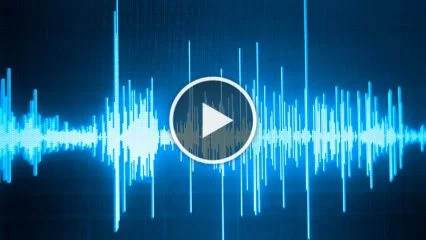U.S. Copyright Office Issues Report on Copyrightability of Generative Artificial Intelligence Outputs
The U.S. Copyright Office recently addressed the copyrightability of outputs created using generative artificial intelligence (AI) in Part 2 of its Copyright and Artificial Intelligence Report. The Copyright Office concluded that questions of copyrightability and AI can be resolved pursuant to existing law without the need for legislative change.
Key Takeaways
Key takeaways from the Copyright Office's report include the following:
- For a work created using AI – like those created without it – a determination of copyrightability continues to require a fact-specific consideration of the work and the circumstances of its creation. Where AI "merely assists" an author in the creative process, it does not change the copyrightability of the output. However, if content is entirely generated by AI, it cannot be protected by copyright.
- Inputting a "prompt" – for example, text explaining the desired output – to an AI tool does not provide sufficient human control to make the user of the AI system the author of the output. Prompts essentially function as instructions that convey unprotectable ideas. But, at present, the prompts do not control how the AI system processes them in generating the output.
- The author of a copyrightable work remains the author of perceptible, unaltered authorship that can be separated from non-human expression when an AI tool modifies the original work. Using the example of a human hand-drawn copyrightable illustration as an "expressive input" and a prompt instructing the AI tool to make specified modifications to the illustration, the report concluded that if the expressive input was perceptible in the output, the author of the copyrightable work remained the author of at least that perceptible portion of the output. However, in that example, the registration's scope was limited to "unaltered human pictorial authorship that is clearly perceptible in the deposit and separable from the non-human expression that is excluded from the claim."
- Modifying or arranging AI-generated content using tools that enable the user to control the selection, arrangement and placement of individual creative elements must also be analyzed on a case-by-case basis to determine whether it rises to the minimum standard of originality. If it does, the output should be copyrightable.
- Including elements of AI-generated content in a larger human-authored work does not affect the copyrightability of the larger human-authored work as a whole.
As AI technology continues to evolve and its use becomes more widespread to create content of varying types across industries, the fact-specific analysis of the circumstances of a work's creation will remain crucial to determining whether the work is protectable and, if so, the scope of protection.
Information contained in this alert is for the general education and knowledge of our readers. It is not designed to be, and should not be used as, the sole source of information when analyzing and resolving a legal problem, and it should not be substituted for legal advice, which relies on a specific factual analysis. Moreover, the laws of each jurisdiction are different and are constantly changing. This information is not intended to create, and receipt of it does not constitute, an attorney-client relationship. If you have specific questions regarding a particular fact situation, we urge you to consult the authors of this publication, your Holland & Knight representative or other competent legal counsel.

